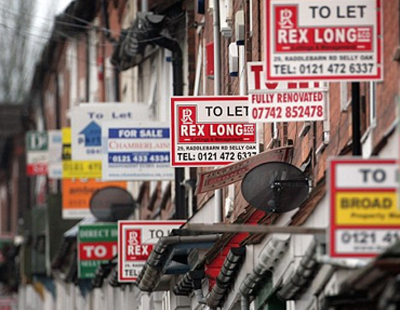The quarterly IMLA report tracks consumers’ progress from initial interest (a ‘decision in principal’) through to completion, comparing the success rate of first-time buyers, home movers, remortgagors, buy-to-let (BTL) borrowers and specialist loan applicants.
Data from UK finance found that first-time buyer numbers reached a 10-year high in 2017, with year-on-year increases throughout the first three months of 2018.
IMLA’s Tracker suggests that this was aided by 90% of applicants securing a mortgage offer in Q1 2018 for the fourth successive quarter, up from 70% in 2016. Some 85% of these offers went on to complete, compared to 69% in Q1 2016.
It’s also worth noting the number of first-time buyers increased to 366,000 in 2017, driven by cash inheritances, the Bank of Mum & Dad and Help to Buy, along with other government schemes. With this, first-time buyers’ fortunes have improved more than any category of borrower in the last two years.
What’s more, the data revealed that for every 100 applications, an additional 28 first-time buyers completed on a mortgage in Q1 2018, compared with Q1 2016.
Kate Davies, executive director of IMLA, said while first-time buyers’ struggles have been highly publicised, rising levels of mortgage enquires, applications and completions shows that they remain interested, with the group performing better than any other in the mortgage market on all fronts.
“As well as competitively priced and widely-available deals, many first-time buyers owe their success to initiatives such as the Help to Buy scheme, lifetime ISAs (LISAs) and the stamp duty relief,” she added.
“However, this continued focus on first-time buyers has come at the expense of the rest of the market, which is becoming increasingly illiquid.”
So much so, that the amount of ‘steppers’ making a move on the housing ladder in 2017 was down by 43% since 2007, according to the findings.
“The government’s commitment to improving access to the housing ladder has gone some way to increasing our supply of new and affordable homes,” Davies continued. “For example, 43% of new build properties are currently a result of the Help to Buy scheme.”
“However, while a significant number of aspiring homeowners have benefited from these initiatives, many home movers, or ‘steppers’, continue to struggle with hurdles including high house prices relative to earnings, stricter mortgage affordability criteria and a lack of suitable homes”
Such a stagnant housing market means that UK homeowners now only move once every 19.2 years, compared with 7.4 years in 1988. In fact, the number of home movers making successful mortgage applications decreased by three percentage points over from Q4 2017, from 77% to 74%.
“Recognition and support from both policy makers and lenders is needed for this group, to improve housing turnover and transaction volumes in the wider market,” said Davies.
“The government should take this pivotal juncture as an opportunity to reassess where in the market injections of new homes are needed: working with developers, planners and lenders to ensure the whole market is well-served.”






















Join the conversation
Be the first to comment (please use the comment box below)
Please login to comment